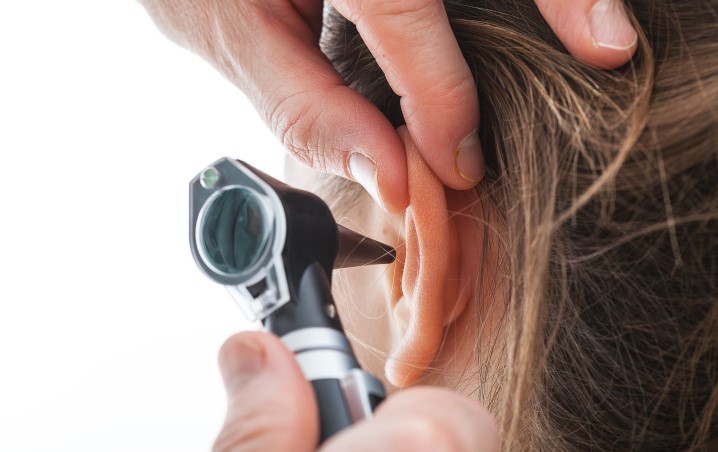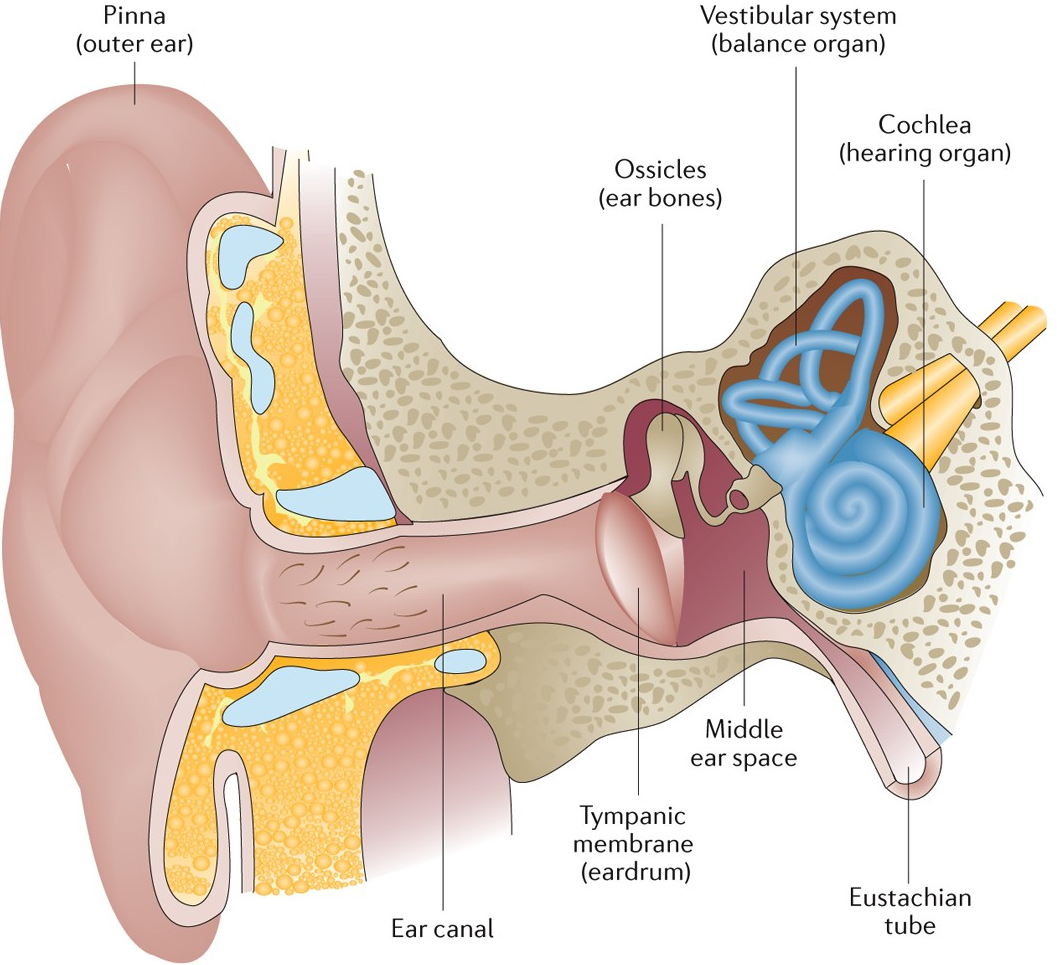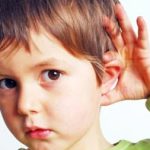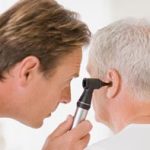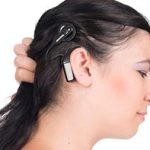Chronic Otitis Media (COM)
What is Chronic Otitis Media?
Chronic otitis media (COM) is a condition of the ear that is defined as a long-standing perforation (hole) of the ear drum or the presence of cholesteatoma (skin-lined cyst). It is treated by the Division of Otolaryngology, also known as Ear, Nose and Throat (ENT), at The Children’s Hospital of Philadelphia.
Perforation
Your child may develop COM from a perforation — or hole — in the ear drum caused by:
A trauma — such as poking a stick in the ear or from a slap on the auricle (ear lobe)
An ear infection
Incomplete healing of the ear drum after an ear tube (tympanostomy tube) was dislodged or taken out
The perforation may be accompanied by drainage from the ear and/or conductive hearing loss.
Cholesteatoma
A cholesteatoma is a skin-lined sac that forms when skin from the external ear canal enters the middle ear space. This cyst is usually associated with a perforation or it can form as a result of recurrent acute ear infections or chronic middle ear effusion.
Occasionally, cholesteatomas are congenital, which means, they form in the middle ear before the child is born.
When the cholesteatoma enlarges, it can lead to complications such as erosion of the middle bones (ossicles), mastoiditis (infection of the mastoid), inner ear damage or irritation of the facial nerve (nerve that controls movement of the face).
Chronic Otitis Media Symptoms
The symptoms of chronic otitis media tend to present as “flare-ups” that can strike after an upper respiratory infection or another ear infection, or if too much water enters the ear.
Unlike notoriously painful acute middle ear infections, chronic otitis media doesn’t usually cause noticeable pain (although some people do experience pain in one or both ears).
The most common symptoms include:
- Pus-like drainage from the ear
- A sore throat
- Poor, muffled hearing
- Trouble sleeping
- Fever
It’s important to promptly consult with a medical professional if you develop symptoms of an acute middle ear infection or chronic otitis media, as leaving the infection unaddressed can significantly damage the ear’s hearing bones (ossicles) and cause hearing loss.
Chronic Otitis Media Treatments
The main form of treatment for chronic otitis media is antibiotics. Antibiotic ear drops are usually prescribed, although some patients may be given a regimen of oral antibiotics. In more advanced cases, surgery may be recommended to:
- Repair a damaged eardrum and/or hearing bones
- Remove diseased tissue
- Insert a small tube into the ear to improve ventilation and drainage
The otolaryngologists, surgeons, nurses and other experts at Tampa General Hospital’s ENT & Urology Institute provide well-rounded care to patients with chronic otitis media and other complex ENT conditions.

